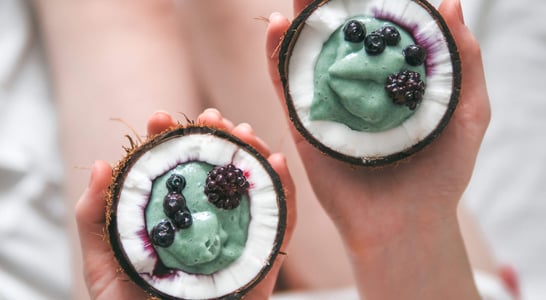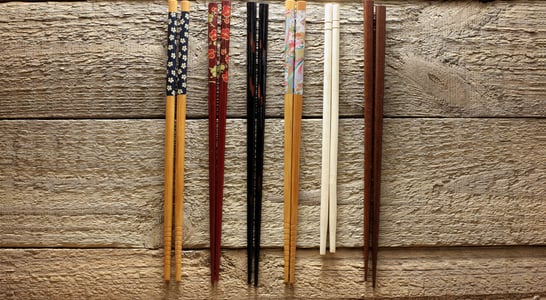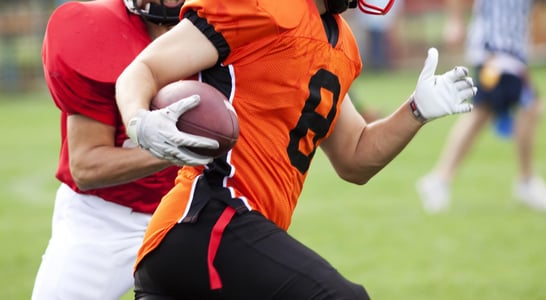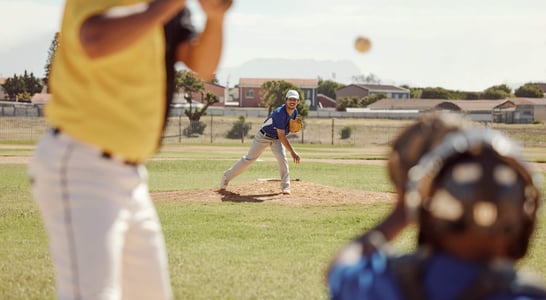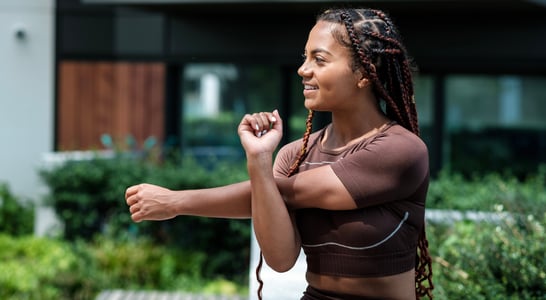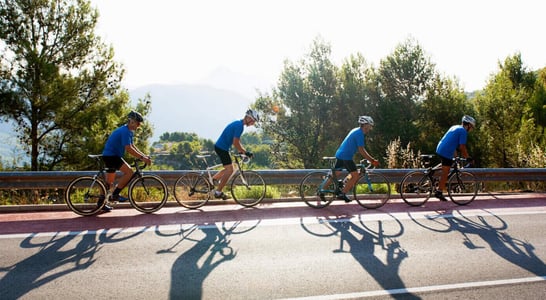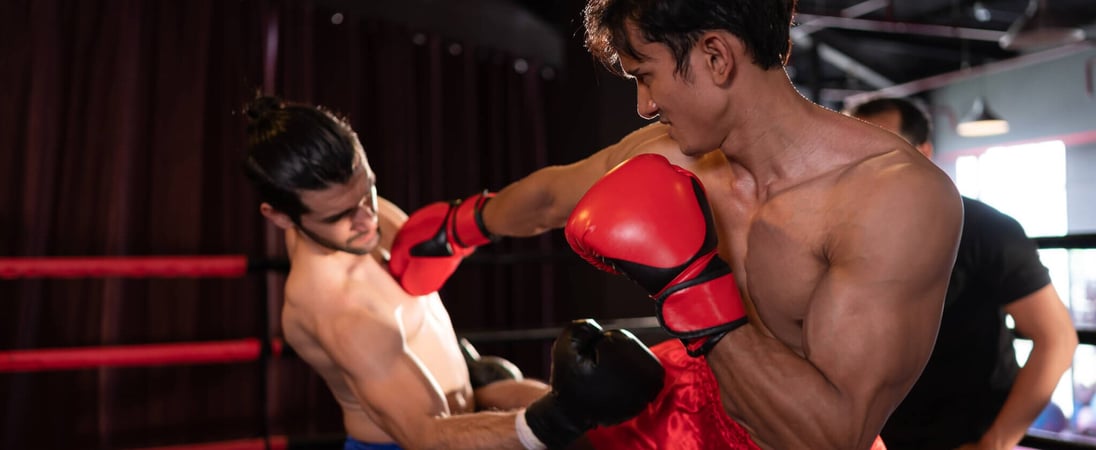
World Muay Thai Day
World Muay Thai Day is a global celebration of a martial art deeply rooted in Thai culture. Known as the “Art of Eight Limbs,” Muay Thai involves using fists, elbows, knees, and shins in combat. This day brings together fighters, fans, and communities worldwide to honor both the sport and its cultural significance.
More than a display of athletic skill, the celebration embodies values such as respect, tradition, and Thailand’s rich heritage. Events often feature symbolic rituals like the Wai Kru, a ceremonial dance performed by fighters to show respect to their teachers.
What makes World Muay Thai Day particularly powerful is how it connects people across borders. It has grown into a worldwide event, with demonstrations, performances, and competitions held in over 150 countries.
This gathering of enthusiasts celebrates not just physical prowess but also the deep traditions that Muay Thai represents. From local gyms to grand arenas, the sport’s reach continues to inspire new generations of fighters and fans while maintaining its cultural integrity.
How to Celebrate World Muay Thai Day
Looking for fun ways to celebrate World Muay Thai Day? Here are a few exciting suggestions that anyone can try, whether you’re a seasoned fighter or just discovering the sport.
It’s all about engaging with the rich history and the dynamic energy of Muay Thai!
Attend a Local Muay Thai Class
Nothing says celebration like getting in on the action. Many gyms offer free or discounted classes on this special day.
Whether you’re a beginner or have some experience, trying a class is an exciting way to embrace the spirit of Muay Thai. Bonus: you might even discover a new passion!
Watch Muay Thai Competitions
Check out local or televised Muay Thai fights to witness the sport in action. There are often events held around this time, showcasing fighters from all levels.
Grab some friends and enjoy the thrill of the matches while cheering on your favorite fighter.
Learn the Wai Kru
The Wai Kru is more than just a warm-up; it’s a beautiful, traditional dance performed to show respect. Learning the movements is a great way to connect with the sport’s deeper cultural roots.
You can find tutorials online or join a class that focuses on this graceful tradition.
Dive into Muay Thai’s History
Muay Thai has a rich cultural history that goes beyond the ring. Reading books, watching documentaries, or attending local talks will give you insight into the ancient art form and its significance in Thai culture.
Who knows, you might impress your friends with some fun facts next time you chat!
Host a Muay Thai Movie Night
Invite friends over and pop on some Muay Thai-inspired films. From action-packed fight scenes to documentaries on famous fighters, there’s a lot to enjoy. Add some snacks and you’ve got a perfect way to celebrate without leaving your living room!
History of World Muay Thai Day
World Muay Thai Day began in 2011 to honor Thailand’s cultural heritage and the sport’s significance.
The Thai government, with support from organizations like the World Muay Thai Council (WMC) and the International Federation of Muaythai Associations (IFMA), established this day to celebrate Muay Thai globally.
It commemorates King Phra Chao Suea, a historical Thai monarch known for his expertise in the martial art.
The day marks the king’s coronation and his contributions to Muay Thai’s development as a national sport. His influence helped the practice spread and become deeply rooted in Thai culture. Recognizing this legacy, the celebration began as a way to connect Muay Thai lovers around the world.
Since its start, the day has grown beyond Thailand. It now includes events, demonstrations, and competitions in over 150 countries. The aim is to highlight not only the sport’s physical side but also its cultural significance and traditions.
Each year, this global celebration brings together fighters, fans, and communities to honor the sport’s past while embracing its future. Muay Thai Day is now a symbol of pride for both practitioners and the Thai people.
World Muay Thai Day FAQs
Why are there two Muay Thai Days celebrated annually?
Thailand observes two Muay Thai Days: February 6th and March 17th. The February date honors King Sanphet VIII, a monarch who practiced Muay Thai and promoted it as a national pastime.
The March date commemorates Nai Khanom Tom, a legendary fighter who, according to folklore, defeated multiple Burmese opponents to gain his freedom.
What is the significance of the Wai Kru ceremony in Muay Thai?
The Wai Kru is a traditional dance performed by fighters before a match to show respect to their teachers, ancestors, and the sport itself.
It reflects the spiritual aspects of Muay Thai, which are intertwined with Buddhism and Thai folklore.
How did Muay Thai evolve from ancient warfare to a modern sport?
Muay Thai originated from Krabi-Krabong, the weapon-based martial art of Thailand.
It adapted its techniques into an unarmed form of combat for situations when soldiers lost their weapons in battle.
Over time, these martial skills transitioned from the battlefield to become a sport, a source of entertainment, and a means of personal advancement.
What role did King Rama V play in the development of Muay Thai?
King Rama V, who reigned from 1868 to 1910, was an enthusiastic patron of Muay Thai. He sponsored tournaments and supported training camps, helping to elevate Muay Thai as a symbol of national pride.
Are there any unique regional styles within Muay Thai?
Yes, Muay Thai has regional styles such as Muay Lopburi, Muay Chaiya, Muay Korat, and others.
Each style has distinct techniques and training methods, reflecting the diverse martial traditions within Thailand.
How is World Muay Thai Day celebrated outside of Thailand?
Globally, enthusiasts celebrate with demonstrations, exhibitions, and traditional ceremonies like the Wai Kru.
In 2023, a Guinness World Record was set in Thailand with 3,660 participants performing the largest mass Wai Kru ceremony.
What is the legend of Nai Khanom Tom, and how is it related to Muay Thai?
Nai Khanom Tom is a legendary Muay Thai fighter who, according to folklore, defeated multiple Burmese fighters to gain his freedom.
His story is celebrated annually on March 17th, known as Muay Thai Day or Nai Khanom Tom Day.
What are some common misconceptions about Muay Thai?
A common misconception is that Muay Thai is solely a violent sport. In reality, it emphasizes respect, discipline, and cultural traditions, with rituals like the Wai Kru highlighting its spiritual aspects.
How has Muay Thai influenced other combat sports?
Muay Thai’s techniques have been incorporated into various combat sports, including mixed martial arts (MMA).
Its emphasis on strikes using fists, elbows, knees, and shins has made it a valuable component in the training of many fighters worldwide.
What is the cultural significance of the Mongkhon and Pra Jiad in Muay Thai?
The Mongkhon is a headband worn by fighters during the Wai Kru ceremony, symbolizing respect and protection.
The Pra Jiad are armbands that fighters wear for good luck and to honor their loved ones. These items hold deep cultural and spiritual significance in Muay Thai.
Also on ...
View all holidaysNational Bubble Gum Day
Chewy, colorful, and bursting with flavor, this sweet treat is perfect for blowing bubbles and bringing a smile to your face.
National Frozen Yogurt Day
Indulge in a cool, creamy dessert that's good for you! Top it with your favorite fruit and feel the guilt-free satisfaction.
National Chopsticks Day
Take part in an ancient tradition that has been around for thousands of years in the Asian culture by eating with and enjoying the unique experience of chopsticks.
We think you may also like...
National College Colors Day
Wear the colors of your favorite school sports team to show your support and loyalty as a fan, and let others know where your loyalties lie.
National Baseball Day
America's pastime, where a small, round ball sparks exhilarating moments, connecting generations through the love of sport.


